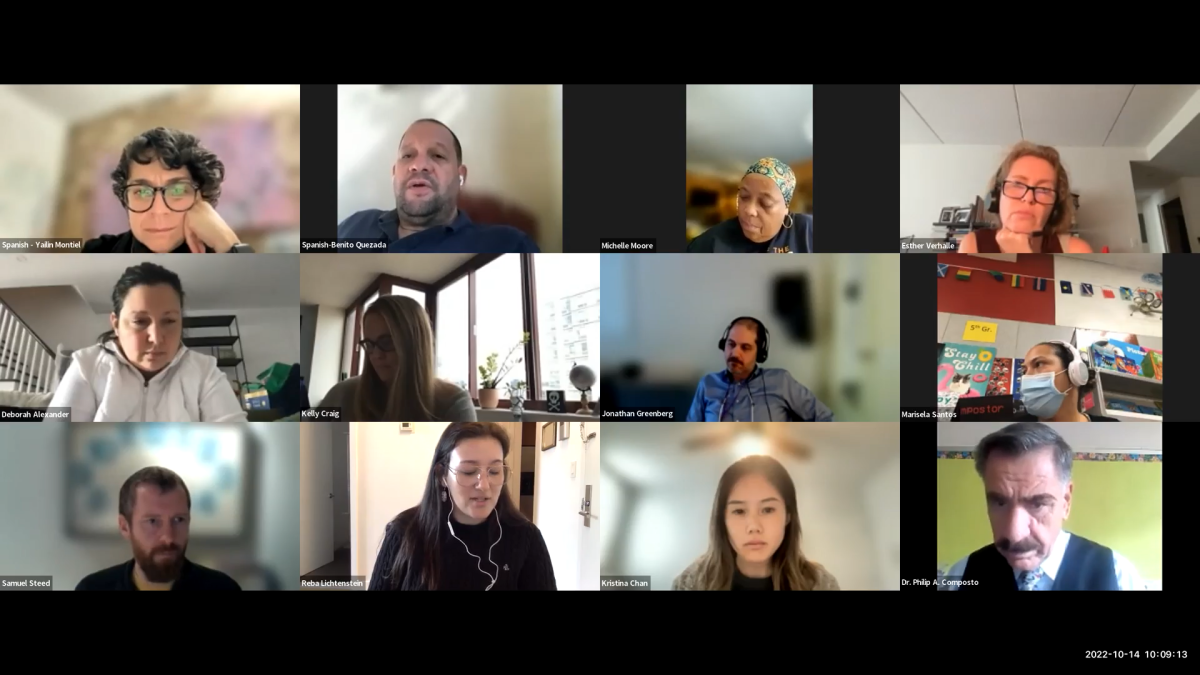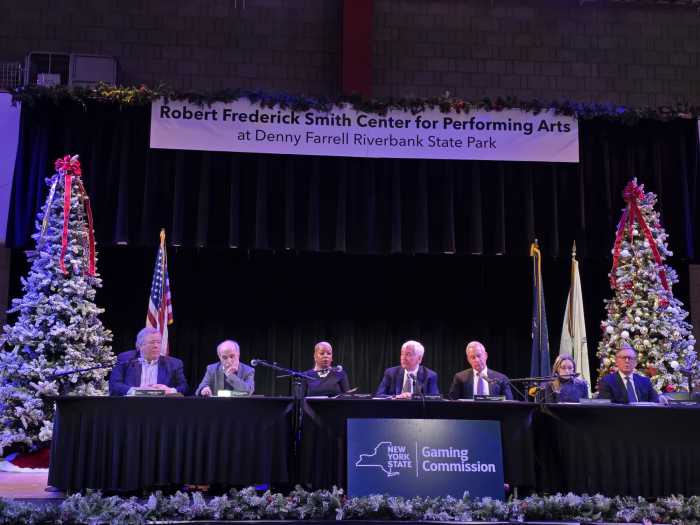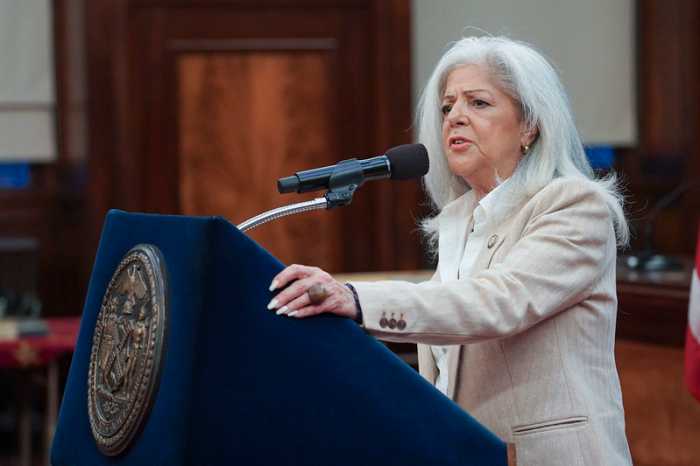Members of the Queens Community Education Council in District 30 met Friday, Oct. 14, to discuss rezoning in Long Island City’s elementary schools. Attention was mainly focused on the kindergarten student population for each school and how rezoning might impact those numbers.
Representatives from the Office of District Planning (ODP) outlined the estimated number of kindergarten students in each zone of Long Island City and the schools they attend. The data collected is meant to help determine which students would best be fit for P.S. 384, which is still phasing in students since opening in 2018 as an overflow site for P.S. 78. An ODP representative noted that the data was collected prior to the passage of the class size bill. However, they later factored it in for determining the number of classes under the assumption each would have 20 students. These schools include P.S. 76, P.S. 78, P.S. 384, P.S. 111, P.S. 112 and P.S. 166.
Based on the organizational utilization data collected, ODP determined that P.S. 78 and P.S. 112 are just about at capacity. It was determined that P.S. 76, P.S. 111 and P.S. 166 have room to grow, with just 59%, 53% and 79% organizational utilization occurring at these schools. However, only P.S. 76 and P.S. 166 are able to add another kindergarten class. While P.S. 111 is full, it was noted that the sections are small, leaving space for more students. Despite P.S. 384’s low organizational utilization of just 37%, the school has reached its maximum amount of kindergarten sections.
It was also noted that while P.S. 76, P.S. 111 and P.S. 166 have more room for kindergarten enrollees, P.S. 78, P.S. 384 and P.S. 112 had more kids enrolled than they could manage while following the class size bill.
Preliminary projections were provided in regards to the zones for P.S. 78 and P.S. 384. According to ODP, the zone residents in kindergarten from the 2021-22 school year was 211. P.S. 78 had 93 kindergarten students while P.S. 384 had 100, adding up to a total of 193, leaving the remaining 18 kindergarteners attending other schools. Additionally, based on residential construction in the area, ODP projects the number of kindergarteners in the area to grow by 50 to 60 over the next few years. With the class size bill limiting the maximum allowable number of enrollees to each of these schools to 80, this would result in 101 to 111 kindergarteners being unable to attend the elementary schools within their zone.
This data was used as the framework for zone maps drawn up by ODP. They noted the class size bill had to be factored in to any kind of rezoning. For one proposal of the zone containing P.S. 78 and P.S. 384, an area containing about 37 kindergarten residents would be zoned out, leaving 174 such residents remaining in the zone.
Another consideration made was in regards to what the combined zone size would look like with a Diversity in Admissions (DIA) policy implemented. This policy would give priority to students who qualify for either a free or reduced price lunch, English Language Learners (ELL) and students in temporary housing. A DIA target of 58% was set for these two schools. This number was reached because 58% of all kindergarteners in all the district’s schools met at least one DIA identifier. In order to reach this target, the combined zone size would have to be further reduced in order to accommodate for students coming from outside the zone. This would have 94 kindergarten residents included and 117 zoned out.
Yet another zone size was proposed based on a lower DIA of around 39%, which represents a midpoint between the 58% target and current percentage at the P.S. 78 zone of 19%. If this policy is implemented, 128 residents would be included while 83 would be zoned out.
“These are approximations of what zone sizes would be,” an ODP representative said. “It’s not meant to say that these are where the zone lines would be. For the purpose of creating this, we didn’t take into account residential construction, but if we were to proceed with the rezoning, that’s something we definitely would also take into account.”
According to an ODP representative, the students who become zoned out of P.S. 78 and P.S. 384 should be able to shift to P.S. 76, P.S. 111 or P.S. 166. Each of these schools have seats open for them. However, it’s possible that travel could take longer for some students, depending on where they reside.
While an excess amount of students is currently a concern for the district, there is hope that the two additional schools being constructed will be ready to take in students within the next few years. This would especially help the district meet the guidelines established in the class size bill.
ODP cited the next steps in the rezoning discussions is to meet with the school communities to get their opinions. However, it was also important for ODP to reach an agreement with CEC 30 on which rezoning proposal might be best for the community.
Another topic brought up during the meeting was transportation eligibility for students across each school in the district. If a rezoning is pursued, all students from kindergarten to second grade will have the option of taking a school bus or using a MetroCard if they live at least half a mile away from the school. Kids from grades 3-6 are eligible for a MetroCard if they live over half a mile away, but less than one mile. Those in that group who live at least one mile away have the option of a school bus or MetroCard.
While rezoning appears to be a strong consideration by CEC 30, they are hesitant to move forward with choosing a rezoning option due to the questions about when the other two schools being built in the district are opened and just how many students they will be able to take in.
The committee ultimately decided to take some time to mull over ODP’s presentation, with the intention of coming up with follow-up questions. They intend to further discuss possible rezoning options in the near future. While an exact date is still being discussed, it is expected to take place within the next few weeks.



































